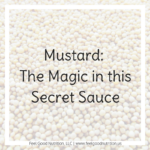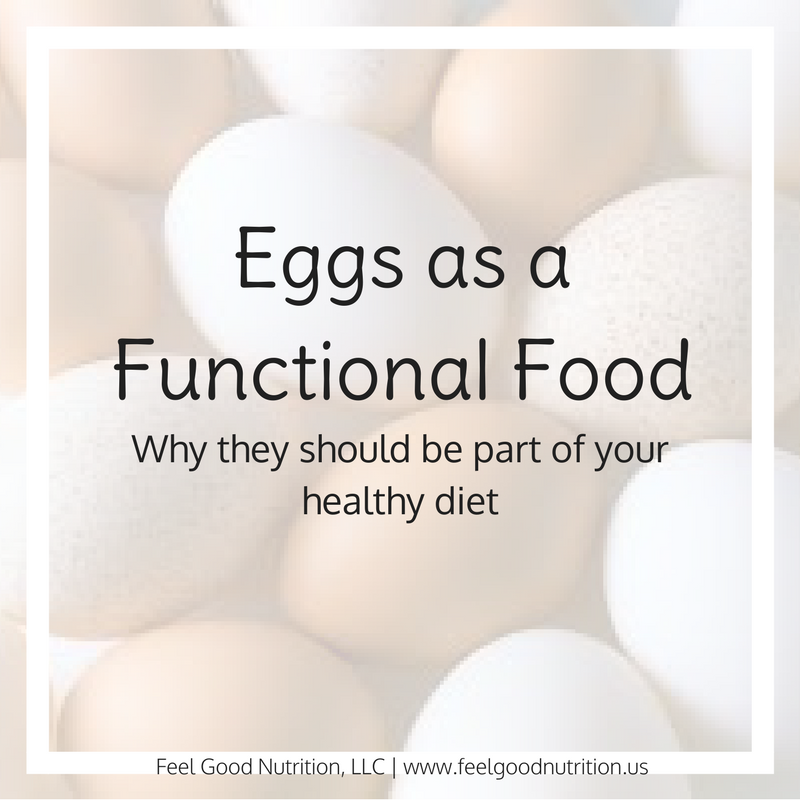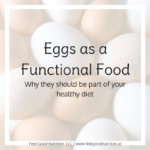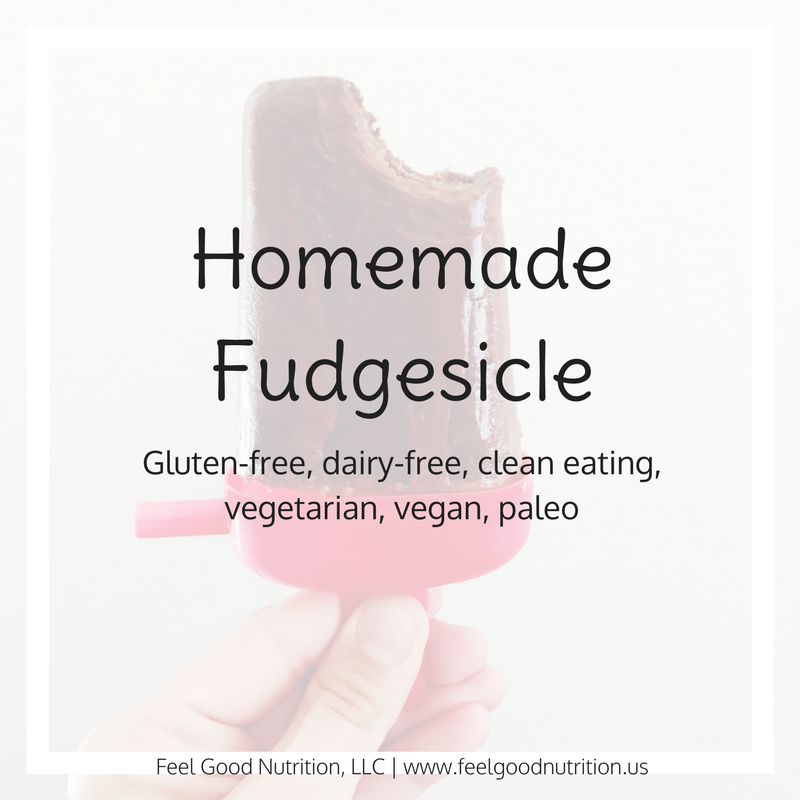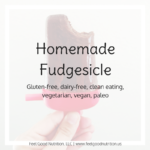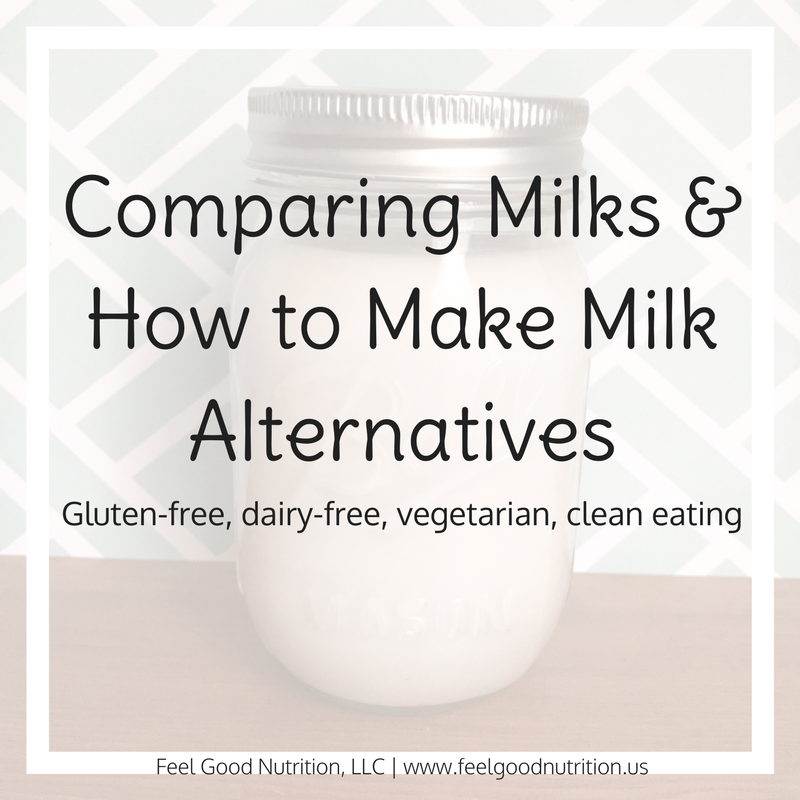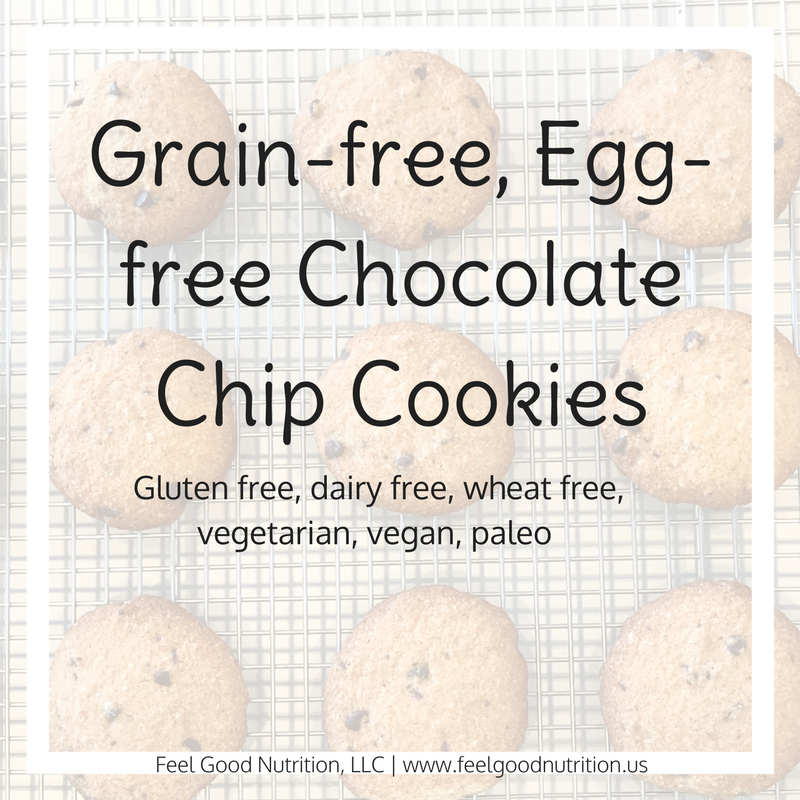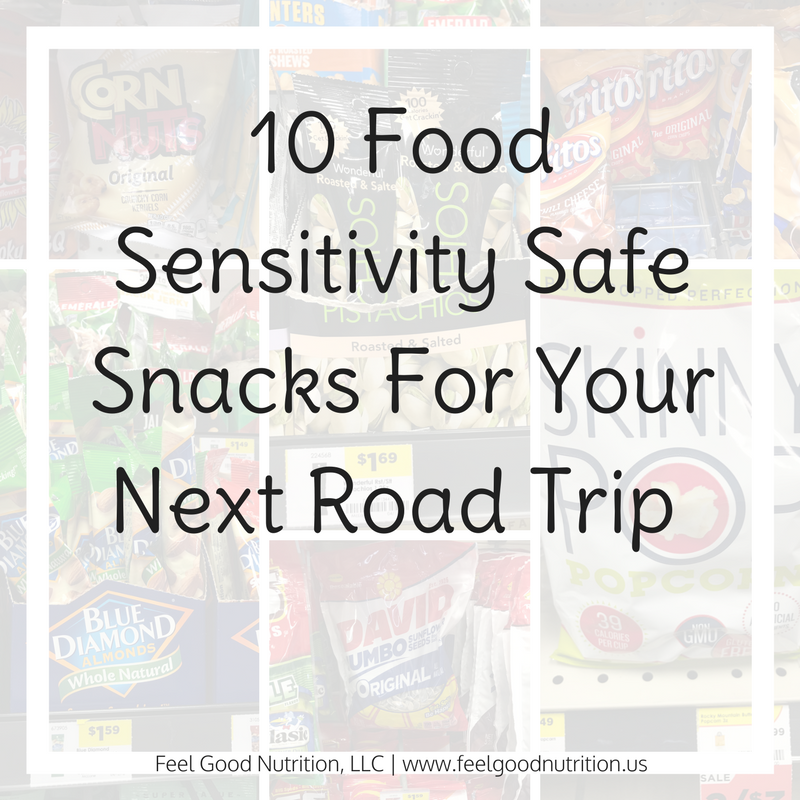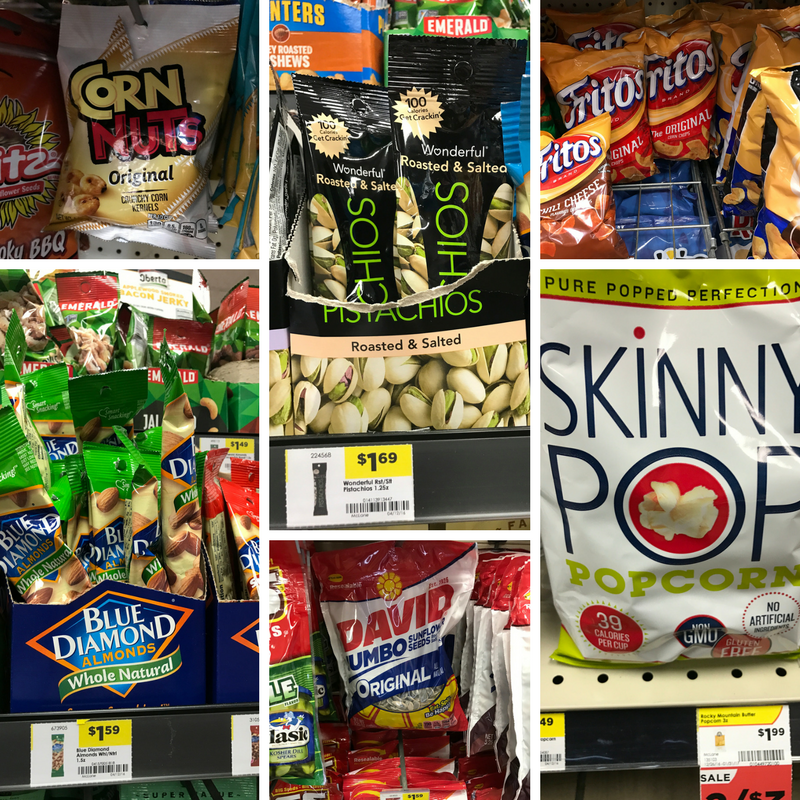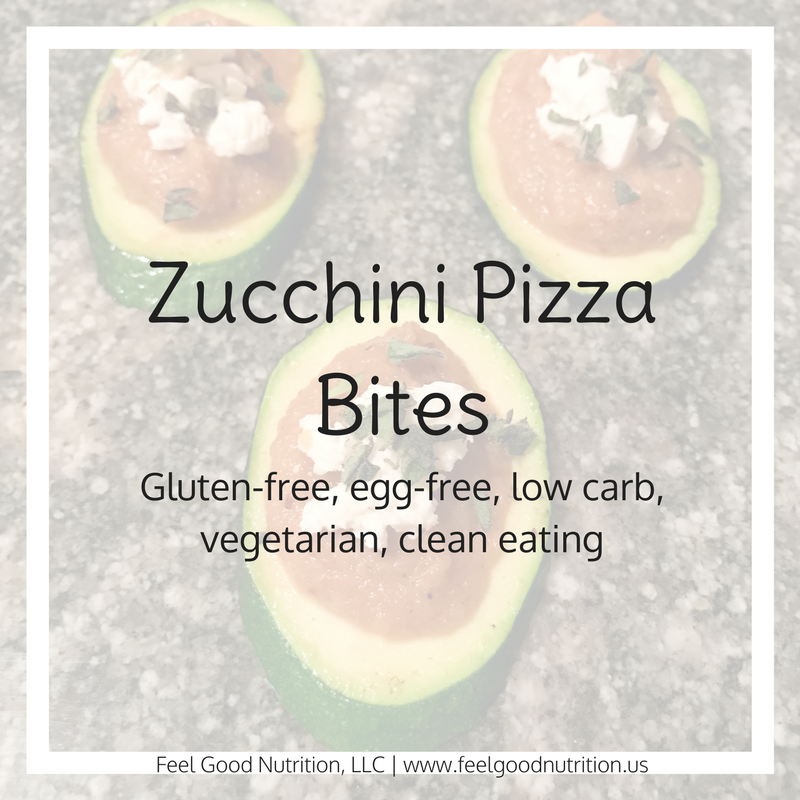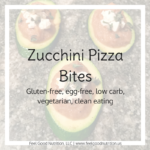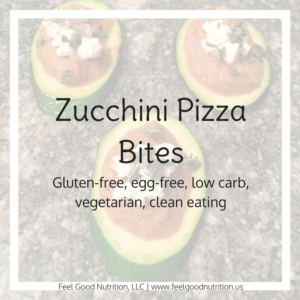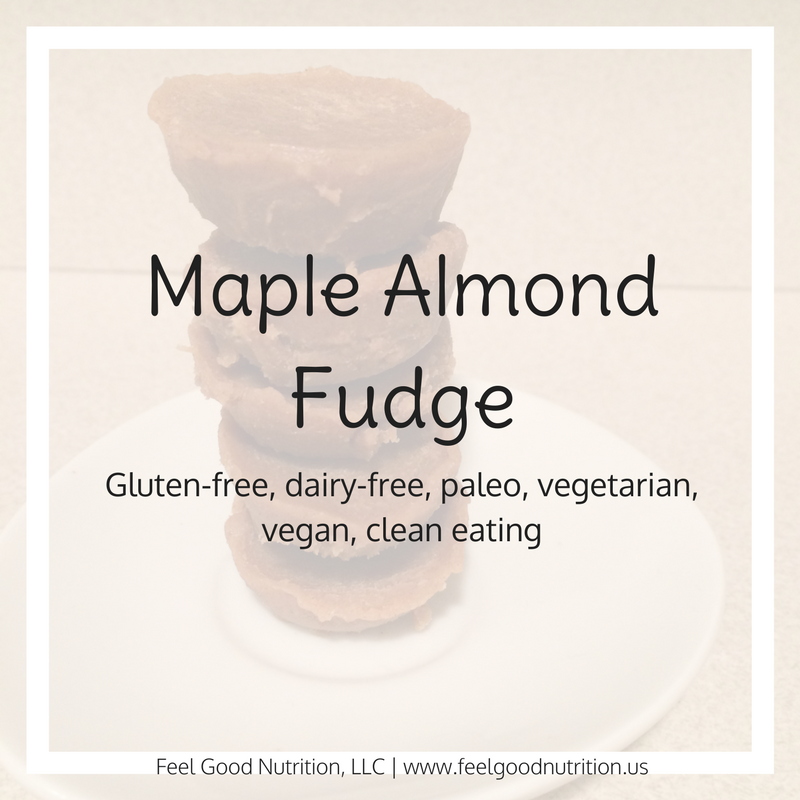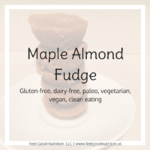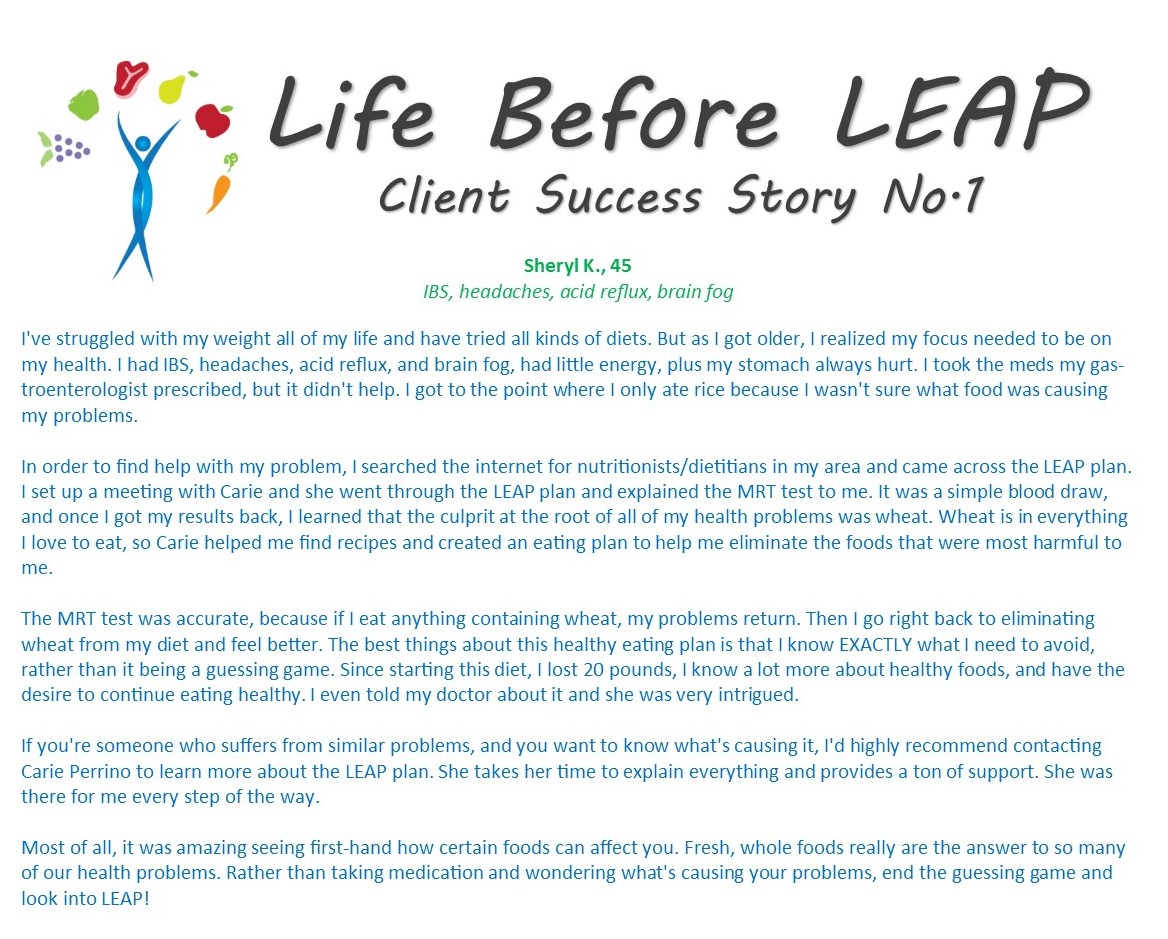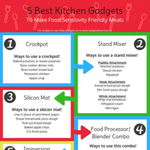 Sundays are my big prep days for the week. I take out my favorite appliances and gadgets to prepare sauces, salad dressings and anything else that I want to eat for the week. I make an extra effort to prepare a big meal for dinner so that we can plan to have leftovers for lunches. After dinner, I prep my lunches for the week and try to make sure they are all food sensitivity friendly!
Sundays are my big prep days for the week. I take out my favorite appliances and gadgets to prepare sauces, salad dressings and anything else that I want to eat for the week. I make an extra effort to prepare a big meal for dinner so that we can plan to have leftovers for lunches. After dinner, I prep my lunches for the week and try to make sure they are all food sensitivity friendly! 1. Kitchen Aid Stand Mixer
2. Silicon Mat
3. Immersion Blender
4. Food Processor/Blender combo
5. Crockpot
Products we use:
What’s your favorite kitchen appliance?
Enjoy!



